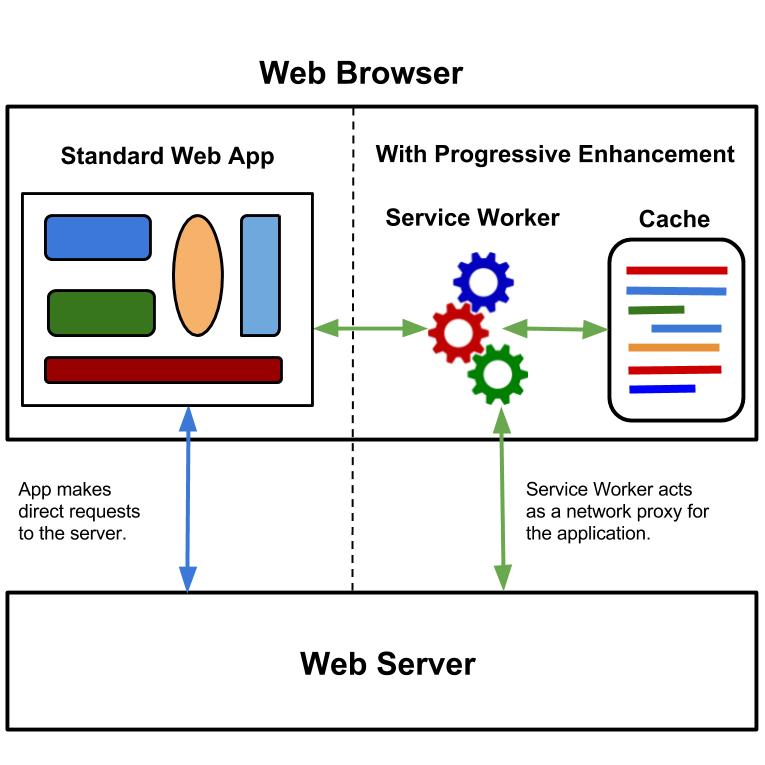Exploring Progressive Web Applications
Over the past few years, the web applications I’ve worked on have increasingly taken a mobile-first design approach. This is great from a presentation standpoint, providing the users with a …


Over the past few years, the web applications I’ve worked on have increasingly taken a mobile-first design approach. This is great from a presentation standpoint, providing the users with a …

When Stratostar approached E-gineering to provide their next-generation solution for tracking high-altitude balloons, near real-time graphing, and Twitter integration, we decided to get MEAN… MEAN.JS …
E-gineering partnered with an automotive financial products reseller to rewrite a web based reporting product. Developed by a previous vendor in classic ASP, it became evident to the client that the …